

It’s Not Just You, Music is Getting Really Boring
source link: https://beausoleil.medium.com/its-not-just-you-music-is-getting-really-boring-85ffd672d88
Go to the source link to view the article. You can view the picture content, updated content and better typesetting reading experience. If the link is broken, please click the button below to view the snapshot at that time.
It’s Not Just You, Music is Getting Really Boring
In March of 2022, the song Heat Waves by UK band Glass Animals hit the top of the Billboard Hot 100. It had spent 58 weeks on the chart before reaching its peak; over a year gaining momentum and radio play. Clearly, the song has fans, but does it have serious competition? How can a song flounder around the charts for so long without even peaking?

Heat Waves by Glass Animals. Courtesy of Wolf Tone Records & Universal Music
There were multiple factors contributing to the song’s success, but one shouldn’t be overlooked. Everything else that week was boring.
Topping the Billboard Charts used to be a huge accomplishment, and it still is, but it’s becoming more formulaic and less popularity-driven. Record companies know what they need to do to produce a popular song, and they keep following the same blueprint. Now, it’s gotten to a point where it’s no longer interesting.
I’m not talking about the quality music that does get released. Rather, I’m talking about the stagnation of music and the lack of variety being promoted, particularly on the radio. If a song is going to be successful, there are two ways to rise to the top: become an organic smash, or create an environment where competition can’t succeed. Guess which one dominates the music industry at the moment.
What Makes a Hit?
When we look at the Billboard Hot 100, songs are ranked on three figures: single sales, streams, and radio impressions.
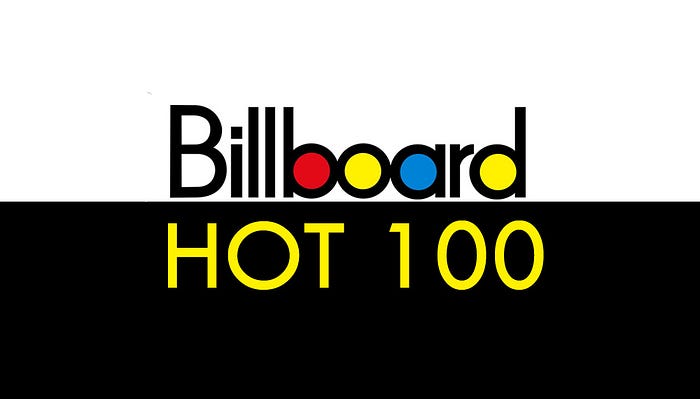
With each passing year, sales become less important. The days of sales driving songs to #1 are behind us, unless you’re an act like BTS with a fanbase that will buy multiple copies of your music. This means the biggest hits are built around streams and radio play.
Streaming is continuously rising in prominence. Billboard works to modify their charts to accurately account for streaming behaviors, collecting data from paid services like Apple Music and free sources like YouTube. Why? Because streaming keeps getting more popular and the charts need to adapt.
Meanwhile, it feels like radio is becoming less important. Yet its impact on the chart is very clear and it’s very influential. So if a song tops the Hot 100, especially for multiple weeks, it’s very likely that radio had a role in this.
What Type Of Songs Are On the Chart?
If feels like the bulk of music on the Billboard Hot 100 falls into one of two camps. There are the radio hits and album bombs. Then, there’s the rare third category: the organic hit.
Album Bombs
When an album is really popular, many of its songs will accumulate enough streams to chart on the Hot 100, even the non-singles (last year, every song on Olivia Rodrigo’s Sour debuted in the top 40). Then they plummet down the chart as their popularity fades.
Over a decade ago, this didn’t really happen. When you bought a song, you only contributed to Billboard’s algorithm once with the purchase. Or if you bought the song on an album, it never impacted the Hot 100. In 2022, users will continuously feed the algorithm each time they play the song. When a new album is released, people play it a lot, and all the songs get boosted.
Radio Hits
Turn on the radio. What do you hear? If you listen to a top 40 station, there’s a good chance you know the song being played. Come back an hour later, and there’s a good chance the song is being played again.
Unlike streaming, the listener has no choice in radio’s variety of music. The only thing they get to choose is which station they listen to, and for how long. So if they don’t like a song, you’d think they’d just change the station. But it’s not that simple.
The Telecommunications Act of 1996 loosened regulations on the number of radio stations one company can own in a single market. This allowed iHeartMedia (formerly Clear Channel) to balloon from 40 to 1,240 in 2002. And it hasn’t gotten better since then. 2013’s biggest song, “Blurred Lines,” was played on radio over 300,000 more than 2003’s biggest song, “When I’m Gone.”
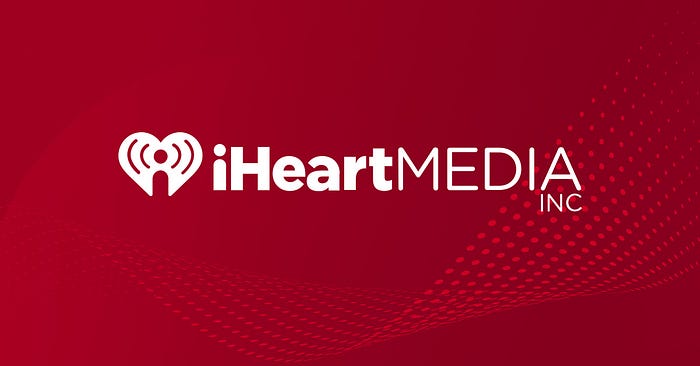
iHeatMedia
If a radio station likes a song, it gets played, a lot. Similarly, they don’t need to support artist they dislike. As time progressed, variety decreased and the tastemakers had a bigger influence on popular music. This made the airwaves less varied in terms of the numbers of songs played and allowed less space for diversity.
But people do seem to still listen to radio, apparently 55% of Gen Z tune in to AM/FM radio daily. Older generations listen more, and the medium still has a lot of value. That doesn’t mean habits aren’t changing; it just means the format hasn’t lost all its appeal.
Much like the Billboard Charts (and let’s face it, everything else), radio stations are ruled by numbers. The amount of time the average listener spends tuned in has been decreasing each year, so stations play music with the goal of capturing ears. It’s not about discovery, nor is it about providing a variety of music to keep people hooked. It’s about getting people to stop on the channel, and they do that by playing songs that are predictably successful.
This is also why a song like One Right Now by Post Malone and The Weeknd can spend a quarter of a year in the top 25, despite lukewarm streaming numbers. Both artists have been very successful over the past few years. Radios play the song because its expected to do well, so it’s deemed serviceable due to the names attached to it.
Organic Hits
When a song receives strong support in all areas, it becomes a true hit. Back in the day, these are the songs people would call into radio stations to request and pay to download (or even buy on a disc). Now, they’re streamed a lot and played on the radio frequently.
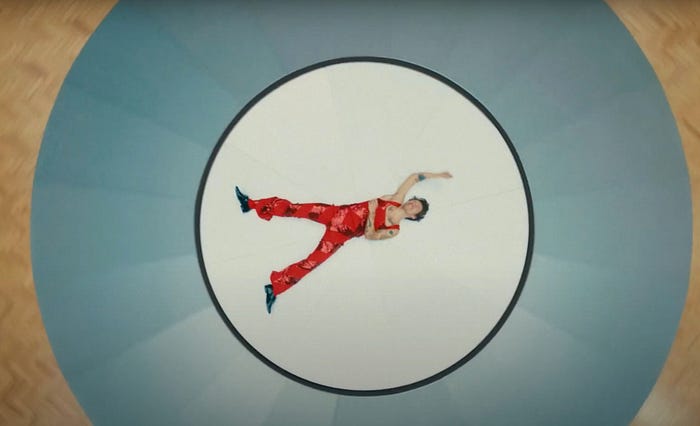
Harry Styles in the As It Was video. Courtesy of Columbia Records.
Though they’re rare (by number), they’re also much more visible. A good, recent example is As It Was by Harry Styles. As of 6/20/22, the song has been on the Hot 100 for 10 weeks, and spent six at the top, including its debut. But be warned, we’re in for a long summer. Even if you’re done with the song, radio isn’t.
Occasionally, there are unexpected hits, like Heat Waves by Glass Animals. These songs flounder on the charts for a while until radio picks up on the public’s interest. Then, it gets radio play that extends for months or years. This is often how we get songs who remain on the chart due to agonizing overplay.
So What’s Really Ruining Music?
Usually, when people complain about music, it’s a result of modern trends. Many people could credit TikTok as a trendsetter, but can we really say it’s ruining music? After all, the platform accelerated songs like Dreams by Fleetwood Mac and Running Up That Hill by Kate Bush (in conjuncture with Stranger Things) to return to the public eye. Clearly, it’s not just industry leaders puppeteering the trends on the platform.
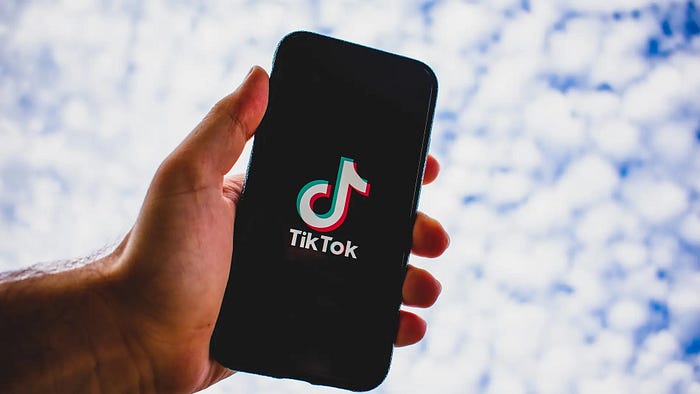
It actually appears that radio, the old way of doing things, is making music boring. There’s a lack of variety, and stations would rather play its safe and keep the same songs in rotation for much longer than they did in the past.
Even massive songs fell off the charts fairly quickly decades ago. Brittney Spears’s Baby One More Time spent 32 weeks on the Hot 100 in 1999, and that was a abnormally long. Oops… I Did It Again only spent 20 weeks on the chart in 2000. Now, that length of time would only be a moderate hit.
Recently, Billboard recently rules to essentially “retire” songs that won’t fall off the chart fast enough. Songs become “recurrent” if they fall below №50 after 20 weeks or below №25 after 52 weeks. And still, songs like Heat Waves can hit #1 after a year.
Does The System Need to Be Fixed?
It’s easy to claim that we need a change, and that radio needs variety, but does it really? It feels like radio knows what it is: A medium used to pass the time in the car and waiting rooms. The same playlist plays over and over and over, but chances are, you won’t hear it the second time around. Stations are trying to capture your 15 minutes of listen time and expect you to tune out.
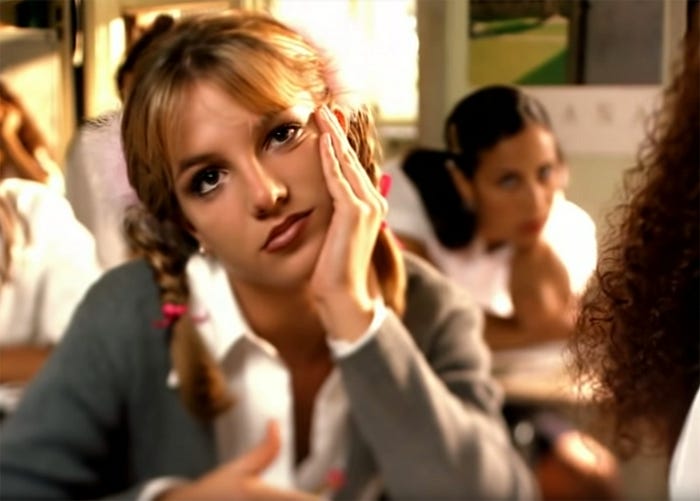
Baby One More Time video via Jive
If you’re on the internet (you are), then you have better resources to discover new music than the radio. Back when Baby One More Time was new, you might have listened to the radio to hear the song. Now, if you have an agenda to find a specific song, you’re going to stream it.
Perhaps we need to reinvent the Billboard Hot 100, but that won’t directly make your music experience feel any more diverse. You could also just change the radio station, but that’s not going to make a huge difference. Most of the stations are just owned by iHeartMedia, so you’ll get the same songs. They’re serviceable, but nothing exciting.
Ultimately, music sounds the same because it is. There’s less incentive to experiment and more incentive to get predictable results. If you want to find new music, go stream something different. But the data suggests people don’t do that much either. People like listening to the same thing, and they’re going to do that. The Hot 100 mostly reflects this, and radio is cool with it too.
Recommend
About Joyk
Aggregate valuable and interesting links.
Joyk means Joy of geeK